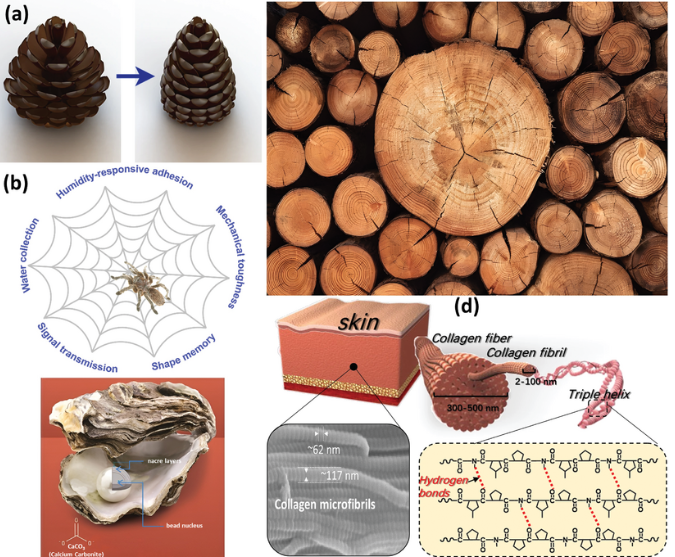3D Printing: Catalyzing the Third Industrial Revolution
- anikshakar6
- Nov 26, 2023
- 2 min read

Certainly! The assertion that 3D printing represents the "Third Industrial Revolution" stems from its disruptive impact on manufacturing, akin to the historical transformations brought about by previous industrial revolutions. Here's an in-depth explanation:
**3D Printing: The Third Industrial Revolution**
**1. Transformation of Manufacturing Paradigms**
**Customization and Personalization:** 3D printing enables the production of highly customized and personalized items at scale, deviating from the mass production models of the past. Each item can be tailored to individual specifications.
**Decentralization of Manufacturing:** Unlike traditional centralized manufacturing, 3D printing allows for distributed or localized production. This shift reduces the reliance on large factories, potentially altering global supply chains and production networks.
**2. Redefining Design and Production**
Complexity and Efficiency:** Additive manufacturing, the core process behind 3D printing, allows for the creation of intricate and highly optimized designs. It optimizes material usage, resulting in lighter, stronger, and more efficient products.
**Rapid Prototyping and Iteration:** The ability to quickly produce prototypes and iterate designs accelerates the product development cycle, allowing for faster innovation and time-to-market.
**3. Impact Across Industries**
**Healthcare:** 3D printing has revolutionized the healthcare sector by enabling the creation of patient-specific medical devices, prosthetics, implants, and even organ and tissue printing.
**Aerospace and Automotive:** Both industries have embraced 3D printing for manufacturing lightweight, high-strength components. This adoption significantly impacts fuel efficiency and performance.
**Consumer Goods:** The potential for customizable consumer products, including jewelry, fashion items, and household goods, has transformed the consumer market.
**4. Challenges and Future Prospects**
- **Material Advancements:** Continuous research and development are required to expand the range of printable materials, ensuring suitability for various applications and industries.
**Regulatory and Intellectual Property Considerations:** The evolving manufacturing landscape poses challenges in intellectual property rights and regulations governing the use and distribution of 3D-printed products.
**Sustainability and Environmental Impact:** While offering potential environmental benefits through reduced waste, 3D printing also raises concerns about the environmental impact of materials and energy consumption.
**5. Societal and Economic Implications**
**Job Transformation:** The shift towards automated and decentralized manufacturing might lead to a transformation in job roles, skill requirements, and workforce needs.
**Economic Opportunities:** 3D printing presents opportunities for small businesses and entrepreneurs, potentially democratizing production and fostering innovation.
**Conclusion**
3D printing stands as the Third Industrial Revolution due to its paradigm-shifting capabilities in manufacturing. Its potential to redefine production, reshape industries, and drive innovation positions it as a transformative force in the modern era, promising a future characterized by decentralized, customized, and efficient manufacturing processes.




Comments